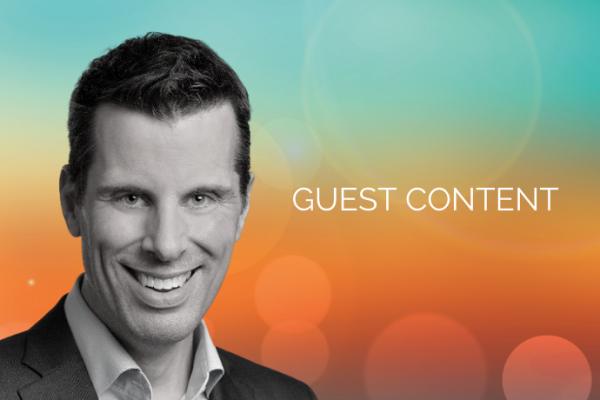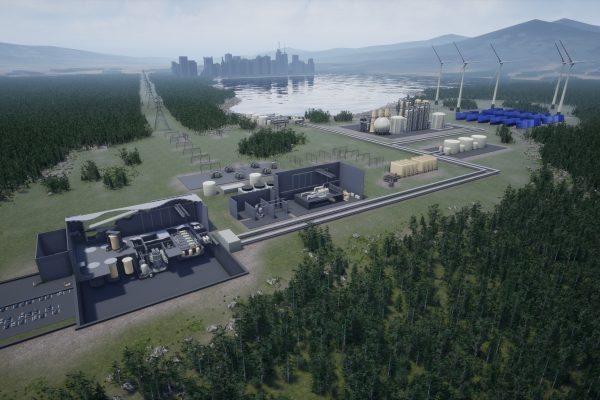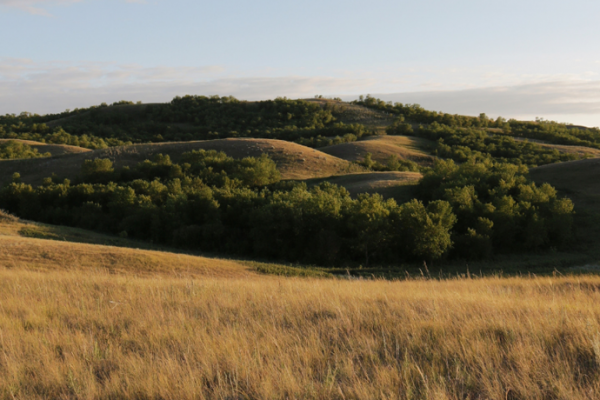GUEST CONTENT
Stéphane Villemain, VP Corporate Social Responsibility, Ivanhoé Cambridge joined Reimagining our Infrastructure at GLOBE Capital to discuss a vision for global infrastructure that fosters resilience and activates a net-zero future. We followed up with Mr. Villemain to learn more about Ivanhoé Cambridge’s recent net-zero commitment and plans to make it a reality.
What was your top takeaway from GLOBE Capital?
I’m amazed by the increased level of interest from the finance sector on ESG and in particular on climate change. Just 3-4 years ago only a handful of financial institutions in Canada had made commitments in this area. Climate change is now widely recognized as an investment risk and opportunity and GLOBE Capital is a great venue to learn from peers on how to best approach this challenge.
Just last month, Ivanhoé Cambridge announced a commitment to net-zero carbon emissions for its international portfolio by 2040. What prompted this target?
We at Ivanhoé Cambridge believe it is our duty to make a positive impact on the environment. The climate emergency is pushing us to do so more quickly. And to go further.
Our sector (real estate and construction) is both responsible for a huge share of global greenhouse gas emissions (40%) and at great risk. Climate change threatens our assets through extreme weather events that are expected to be more frequent and severe. On the flip side, a transition to a clean economy opens many opportunities and will strengthen the resilience of our assets. We also know that sustainable investments are more profitable in the long term. Doing nothing will inevitably cost more.
In setting the net-zero target, our goal was to be both ambitious and realistic. We took a science-based approach in line with 2015 Paris Climate Agreement and considered our current carbon performance, our investment strategy, the carbon targets of the countries in which our properties are located, and recently developed industry tools, such as the Carbon Risk Real Estate Monitor (CRREM).
I should add that to achieve net zero by 2040 Ivanhoé Cambridge has set milestones targets. We’ve committed to reduce carbon intensity by 35% by 2025 compared to 2017, increase our low-carbon investments by over $6B (€4M) by 2025 (compared with 2020), and make all our developments net-zero carbon by 2025. These new carbon targets cover the operating and directly owned portion of our portfolio (i.e., the bulk of our portfolio, where we can have the most impact).
What does Ivanhoé Cambridge’s pathway to net zero look like?
In concrete terms, we will use three main levers: energy efficiency, decarbonized energy, and new developments.
The cleanest energy is the energy we don’t consume. Accordingly, improving energy performance should contribute to more than 20% of our net-zero target. We are also working on water consumption, waste, and resource management.
Secondly, we aim to significantly reduce the use of fossil fuels at our properties, and increase the share of renewable energy as much as possible, either by producing it on site (e.g., solar panels) or by ensuring the energy source is renewable. This should contribute over 25% of our net-zero target. We also estimate that 30% of our target will be achieved through the energy transition efforts of electricity suppliers, who are decarbonizing their electricity grids.
Thirdly, 20% of our target will be achieved through the construction of net-zero carbon properties, starting in 2025. In line with the World Green Building Council, we define net-zero carbon buildings as highly energy efficient buildings, powered entirely by on- or off-site renewable energy that has all remaining operational emissions offset (as a last priority).
The remaining part of our net-zero target can be achieved through a carbon-offset strategy, as a last priority.
To ensure success, we link employee remuneration to the achievement of our carbon targets, among other tactics.
What progress have you made in reducing emissions to date?
In 2017, Ivanhoé Cambridge committed to reducing its carbon intensity by 25% by 2025. We had already achieved a reduction of nearly 20% in 2020. As a result, this target has been raised to 35%. Since 2017, Ivanhoé Cambridge has increased its low-carbon investments by more than 200% to $14.6 billion (as at December 31, 2020).
What is the economic case for sustainability at Ivanhoé Cambridge?
We want to align, rather than oppose, sustainable and financial performance.
The sustainability of our portfolio will help us to perform well in the years to come, and seizing these opportunities means integrating climate into our investment analysis and asset management.
We see these commitments as a value-creation strategy. Promoting energy efficiency and innovation in the operation of our buildings helps to extend their lifespan (“future-proofing”), reduce the risk of obsolescence, and anticipate future carbon-related regulations and costs.
Our past successes in reducing carbon are enabling us to increase our green financing, the terms of which are partly linked to our carbon intensity. For example, the lower our portfolio carbon intensity, the lower our cost of debt. Our ambition is to increase and diversify this type of financing.
How are you incorporating climate into your investments?
Climate is systematically incorporated into our investment analysis for all our new transactions, as well as our asset management: Each transaction is assessed for physical climate risks and for its impact on our portfolio’s carbon intensity and targets. The majority of our approximately 1,100 properties are also assessed for their exposure to current and future climate risks.
Climate change has, and will have, an impact on our portfolio’s risks and returns. We assess these impacts across two parameters: 1) climate-change mitigation (energy efficiency, clean energy, and building materials, e.g. cross laminated timber), which reduces carbon emissions from the construction and operation of our properties; 2) climate adaptation, i.e. maximizing the resilience of our properties in a changing climate for example in light of increased flooding risks in certain areas.
You’ve got quite a task ahead of you. What are your next steps?
We very much see this as a journey.
Today, our strategy is primarily focused on operational carbon related to our properties’ energy consumption. Over the next two years, we will also be working on the carbon associated with building construction, particularly with regard to the materials used.
We are setting a course: we don’t pretend to have all the answers today, but we believe our recent achievements and these ambitious yet realistic targets have given us a great start.




